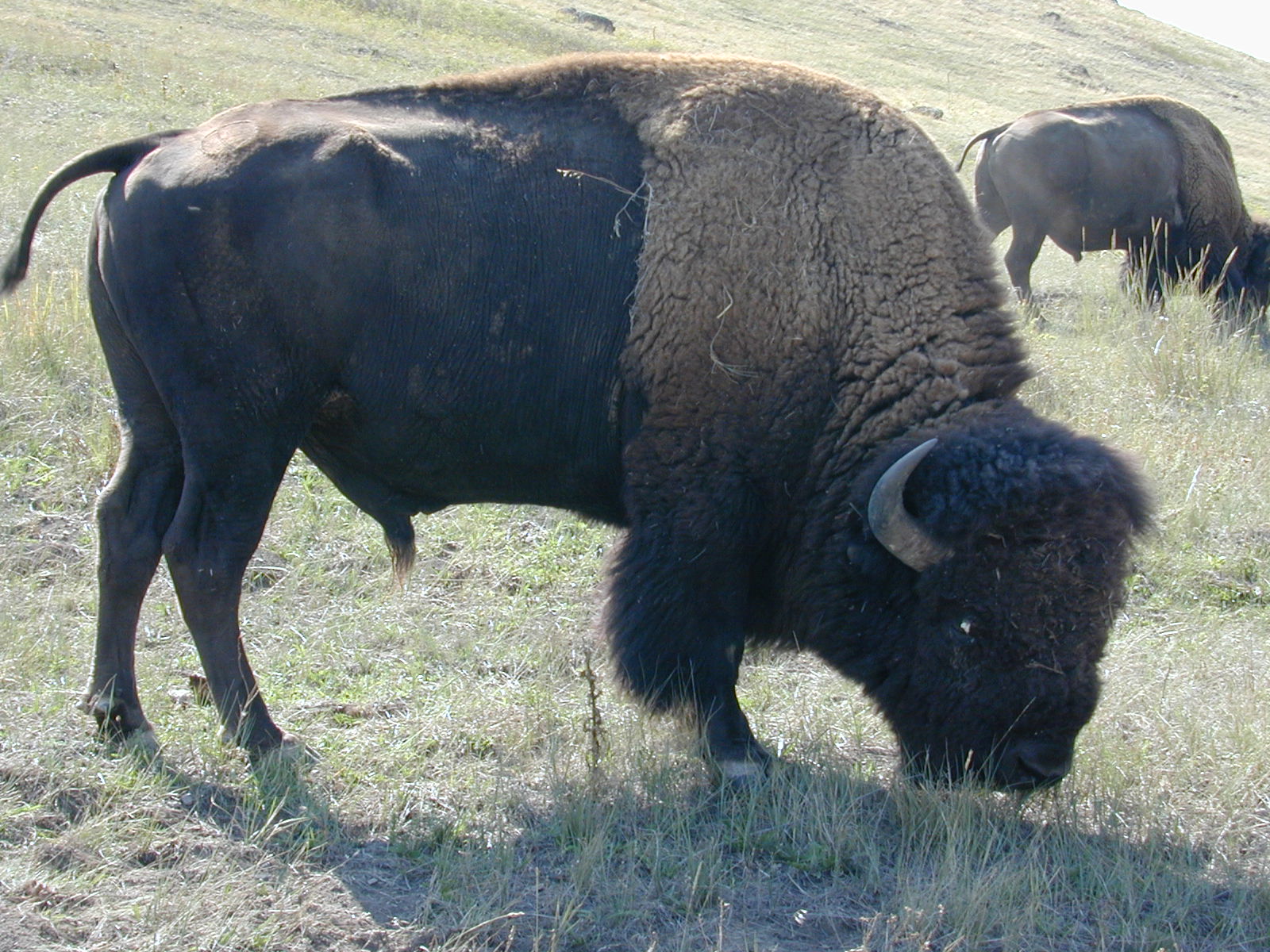- Home
- About S&T
- Taxa/Organisms
- Ecosystems
- Issues
- Methods & Tools
- Reports & Publications
- Location
- Search
June 2003 | Publisher: USGS | Science Center: Western Ecological Research Center (WERC, Sacramento) | Format: URL
www.werc.usgs.gov — Instructions for ordering equipment and culture media; summary of how to draw blood and conduct nasal lavages; and information on how to contract for laboratory analysis and ship laboratory samples.

September 10 2000 | Publisher: Other (Grand Canyon Monitoring and Research Center) | Format: .PDF
www.gcmrc.gov — Lees Ferry was stocked with Rainbow Trout in the early 1960`s. Since then, it has been a nationally acclaimed and world renowned blue ribbon fishery. With its value as a recreational play land for fishermen and safe haven for wildlife, the function and impact of the Glen Canyon Dam has become increasingly important for study and monitoring.

Publisher: USGS | Science Center: Alaska Science Center (ASC, Anchorage) | Format: .PDF
www.absc.usgs.gov — Guidelines for long-term monitoring protocols contains detailed study plans that explain how data are to be collected, managed, analyzed, and reported, and are a key component of quality assurance for natural resource monitoring programs.

Publisher: USGS | Science Center: Patuxent Wildlife Research Center (PWRC, Laurel) | Format: URL
www.pwrc.usgs.gov — The NAAMP is a collaborative effort among regional partners, such as state natural resource agencies and nonprofit organizations, and the U.S. Geological Survey (USGS) to monitor populations of vocal amphibians. The USGS provides central coordination and database management. The regional partners recruit and train volunteer observers to collect More...

Publisher: USGS | Science Center: Patuxent Wildlife Research Center (PWRC, Laurel) | Format: URL
www.mbr-pwrc.usgs.gov — Procedures for collection, analysis, and display of data collected at several geographic scales for migratory bird research at the Patuxent Wildlife Research Center is designed to provide regional estimates of relative abundance for mapping and other uses. This website links to a specific protocol for conducting bird counts, as well as color maps More...

Publisher: Other (Bird Studies Canada) | Format: URL
www.bsc-eoc.org — The North American Bird Monitoring Projects Database site is dedicated to bird monitoring in North America. It provides easy access to descriptions of all major bird monitoring projects in Canada, the United States, and Mexico. The information will be used in designing new continental projects to insure that existing efforts are used to the More...

Publisher: USGS | Science Center: Patuxent Wildlife Research Center (PWRC, Laurel) | Format: URL
www.pwrc.usgs.gov — Breeding Bird Survey (BBS) is a project monitored by the USGS and the Canadian Wildlife Service on the status and trends of North American bird populations. The data can be used to estimate population trends and relative abundances at various scales. The BBS is a cooperative effort between the U.S. Geological Survey's Patuxent Wildlife Research More...

Publisher: USGS | Science Center: Patuxent Wildlife Research Center (PWRC, Laurel) | Format: URL
www.pwrc.usgs.gov — Bird banding is a technique for studying the movements, survival, and behavior of birds. Wild birds are captured and a band containing a number and other information is place on the leg. This website for users who are looking for information about bird bands, along with a brief history of bird banding, information on who bands birds and why, More...

Publisher: NBII | Format: URL
www.nbii.gov — Natural resource managers face complex decisions that require a clear understanding of the status of wildlife populations and their habitats. Monitoring is key to making effective management decisions and evaluating the outcomes of those decisions. The goal of NRMP is to improve the accessibility of monitoring efforts to resource managers to aid More...

Publisher: USGS | Science Center: Fort Collins Science Center (FORT, Ft. Collins) | Format: URL
www.fort.usgs.gov — Natural Resource Monitoring Partnership (NRMP) is a collaborative effort by the natural resource management community to improve monitoring efforts in order to support effective evaluation and decision-making by sharing information on monitoring projects and protocols. The Natural Resource Monitoring Partnership was built for easy access to More...

Publisher: USGS | Science Center: Northern Rocky Mountain Science Center (NRMSC, Bozeman) | Format: URL
www.nrmsc.usgs.gov — A study overview related to the role of the National Bison Range in the long-term management of Federal bison herds. This research will provide the data necessary to assess the impacts of management actions implemented under the new management plan, and examine the plan`s underlying assumptions regarding demographic responses of the Yellowstone More...

Publisher: USGS | Science Center: Western Ecological Research Center (WERC, Sacramento) | Format: URL
www.werc.usgs.gov — This web resource addresses the positive relationship between cheatgrass (Bromus tectorum) and fire frequency as a major concern for land managers in semi-arid shrublands throughout western North America, particularly in Great Basin sagebrush steppe. Management tools are needed to break this cycle, and in this project we will evaluate the use of More...
